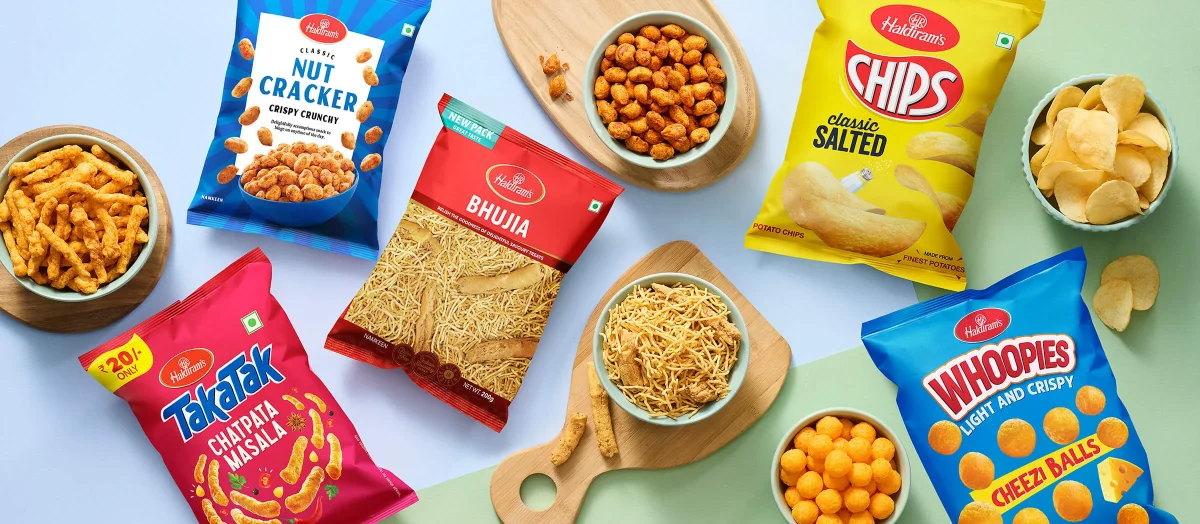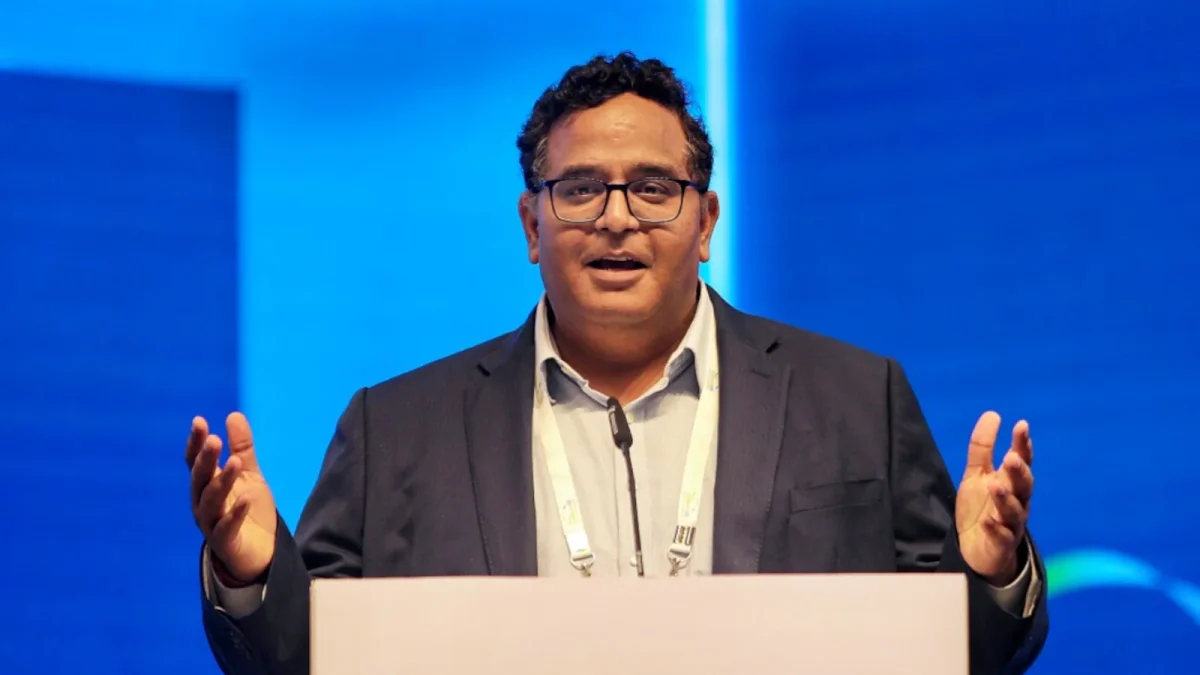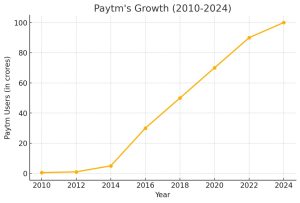In a move that has stunned both Wall Street and Dilli Haat, investors linked with SpaceX — the futuristic force behind Elon Musk’s space ventures — have bought a stake in Haldiram’s, one of India’s most beloved and iconic snack brands.
In 2025, this news isn’t just viral — it’s historic. Because it proves one powerful truth: “Made in India” isn’t just local anymore. It’s global.
What’s the deal?
- According to reports, several key SpaceX investors, through private equity networks and growth funds, have bought a stake in Haldirams.
- Though this isn’t a direct SpaceX investment, it’s a massive vote of confidence from some of the world’s smartest tech investors, who typically back only hyper-growth, IPO-ready companies. And now, they’ve chosen an Indian bhujia brand.
Haldirams: From street snacks to shelf space in global markets
- Haldirams isn’t just a snack brand anymore — it’s an empire of taste, trust, and tradition.
- From humble beginnings in Nagpur, it now spans across India and abroad — exporting to the USA, UK, UAE, Southeast Asia, and more.
- With this new investment, Haldiram’s plans to upgrade its digital operations, expand globally, rebrand for international markets, and most notably — prepare for a potential IPO in 2025-26.
Why would SpaceX investors pick a snack brand?
Because in 2025, investors are no longer just betting on tech — they’re betting on scalable, mass-market brands with a strong emotional connect. Haldiram’s fits the model perfectly:
This is the first time Indian bhujia and laddoo have entered the same investment universe as satellites and Starships. And that’s what makes it special.
What’s next for Haldiram’s?
- Haldiram’s is now gearing up for a global transformation — focused on cross-border branding, direct-to-consumer platforms, cloud kitchens, AI-led logistics, and fusion flavor innovation.
- Imagine Haldiram launching a “Masala Hummus” line in the Middle East, or “Samosa Pops” in the U.S. — this is not far-fetched anymore.
- The brand is also revamping packaging, onboarding digital influencers, and expanding via e-commerce to new continents.
Why this is bigger than just a funding headline
- This isn’t just a business deal. It’s a signal to the world that India’s brands are ready to go global. It’s proof that the world is ready to consume not just our software, but our snacks, stories, and spirit.
- Haldiram’s success is a symbol — for every small-town founder, every local snack maker, and every Indian entrepreneur who dreams big.
- If Bhujia can reach the stars, why can’t your business become a ‘Bada Business’?
Haldiram’s story shows us that every desi idea has global potential if backed by vision, planning, and the right business strategy.
Bada Business gives small business owners and startup founders exactly that. With complete handholding support, business tools, marketing guidance, and IPO readiness, Bada Business helps you scale from local hero to global brand.
So dream big, plan smart, and build your brand — because the world is ready for your ‘BadaBusiness’.



